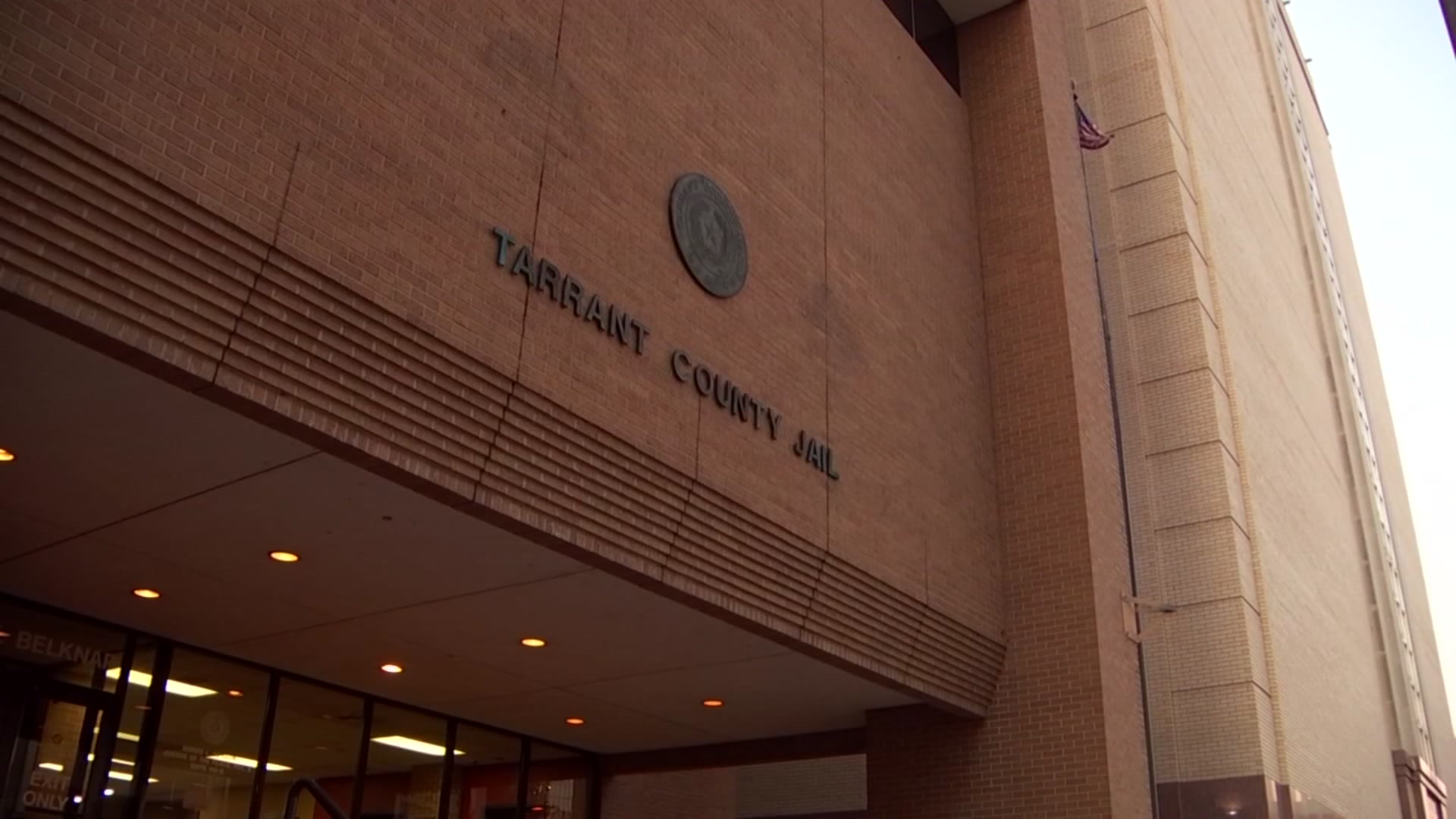Moving isn't a simple process.
Especially when you plan to take the whole house with you.
The Galveston County Daily News reports to move an entire house in Galveston, a property owner needs a signed letter from all of the utility companies that have lines in Galveston; you have to find a company that has the equipment to lift and move the house; you have to get the city to agree to help with traffic control; and depending on which island streets you use, you might have to get the Texas Department of Transportation involved as well.
"It's coordinating between several different entities, which means that it can take a little while, said Michael Guillot, the Project Manager for Revolving Fund and Community Programs for the Galveston Historical Foundation
Fortunately, the foundation has the process down pat, and is getting a lot of practice performing it thanks to a partnership with the University of Texas Medical Branch to move five historic houses off medical branch property to other locations on the island.
Since 2014, the foundation has moved four of the houses on truck beds to new address, including some memorable rides down Seawall Boulevard.
The process of moving a house takes months of coordination, Guillot said. Along with the technical procedures of moving big structures, the foundation has to work with the city and the utility companies to clear a safe route to their news locations.
Local
The latest news from around North Texas.
The partnership make sense for the medical branch which was seeking a way to remove the unused buildings without demolishing them, said Bob Brown, the program director for facilities and planning at the medical branch.
"It was a real win-win for us," Brown said. "We're avoiding any of these houses having to go to a landfill. We're able to put the houses back into the housing stock in Galveston, somebody will eventually pay taxes on it, and we're helping GHF with their revolving fund projects."
The medical branch is building its new health education center at one of the houses, and has plans for student housing on the site of the other two. The fifth house is next to the Ronald McDonald House of Galveston, and there are no specific plans for the lot that will be emptied there.
The historic foundation has bought, stabilized and resold endangered historic homes since 1983. The projects with the medical branch homes is a little different, because the foundation will complete full renovations before selling the properties.
The saved homes are historic.
Two of them, now located at 26th Street and Avenue M 1/2, are examples of Craftsman Bungalow architecture. Each is about 1000 square feet, with two bedrooms and a bathroom. They were built in 1913 by Albert Darragh, the son of John Darragh, one of the founders of Galveston.
The two homes at 17th Street and Mechanic Street are similar, two-bed, two-bath Craftsmen homes. They were built in 1935 by Floyd Kavanaugh, the owner of a local typewriter supplier.
While none of the four have been moved, the historical foundation does follow the city's historic guidelines when restoring the outside of the buildings, while also modernizing the interiors.
"We're trying to build a space on the interior that fully rehabilitate the houses, while still holding on to the historic architecture and integrity of the houses," Guillot said,
After the restorations have been completed, the new homes are put on the market. One of the homes on Avenue M 1/2 has already been sold, Guillot said.
When a house rehabilitated through the revolving fund is sold, the new owners sign an agreement with the historical foundation to maintain the historic nature of the homes.
"We find that people are excited by these houses and don't really have issues with people not holding up their agreement,"
Some people may think the "free homes" present a huge cash influx to the foundation, Guillot said. But in reality, the money earned from the sale of one rehabilitated property is usually just enough to pay for the renovations at the next property.
"They weren't free," he said, while standing astride on the supports of one of the houses on Mechanic Street, which currently has no floor and could only be accessed by a ladder sticking up through the floor. "It's more important for us to save these houses."
The fifth home, located at 1422 Mechanic St., is slated to be moved later this year. The house is already up on risers, and will be moved to an empty lot on Avenue M 1/2 sometime later this year.



